By JERUSALEM POST STAFF
He claims the Pyramid of Giza is where the Tree of Life once stood, whose fruits offered eternal life.
A new study by Dr. Konstantin Borisov, a computer engineer, proposes a theory about the location of the biblical Garden of Eden, suggesting it was in Egypt, right beneath the Great Pyramid of Giza, rather than in Iraq as traditionally thought. According to the Mirror, Borisov's research challenges long-held beliefs by reinterpreting biblical descriptions and aligning them with Egyptian geography.
In a study published in the journal Archaeological Discovery, Borisov wrote: "Examining a map from around 500 BCE, it becomes evident that the only four rivers emerging from the surrounding Ocean are the Nile, the Tigris, the Euphrates, and the Indus." This observation led him to interpret the biblical rivers as corresponding to these major waterways, with the Nile being a key component in his theory.
Traditionally, biblical scholars have associated the Garden of Eden with Mesopotamia, defined by the Tigris and Euphrates rivers in modern-day Iraq.
To support his claim, Borisov delved into ancient texts, biblical quotations, medieval maps—including the 13th-century Hereford Mappa Mundi—and notes from contemporary historians. This map shows Paradise positioned next to a mythical river called Oceanus.
Borisov also drew on the writings of historian Flavius Josephus, who, in Antiquities of the Jews, wrote: "The Garden was watered by a single river, which ran around the whole land and was divided into four parts." Josephus further stated: "The Euphrates also, as well as the Tigris, descends to the Red Sea."
The Bible describes a river flowing from Eden, splitting into four branches: Gihon, Pishon, Tigris, and Euphrates. While the locations of the Gihon and Pishon rivers are unknown, Josephus noted that Pishon "runs through India and empties into the sea, and is called by the Greeks Ganges." Borisov's theory identifies the Gihon river as the Nile, aligning it with known ancient rivers.
He incorporated mythological symbolism and geographical analysis, including maps from 500 BCE showing four rivers originating from Oceanus, to support his reinterpretation of the Garden of Eden's location. "By examining these structures, it's clear that the Pyramid itself resembles the sacred Tree of Life," Borisov said, explaining how light phenomena emerging from the pyramid resemble the glow of a tree, according to the Daily Star.
Borisov points to simulations of the pyramid's King's Chamber, where charged particles form a tree-like pattern of light. "It cannot be overlooked that the charged particles in this simulation are arranged in such a way that they create several parallel branches extending outward from the central line, creating a representation similar to a tree," he wrote.
Borisov's theory suggests that the Great Pyramid of Giza is where the Tree of Life once stood. "The Pyramid of Giza is where the Tree of Life once was," he claimed, proposing a connection between the pyramid and the biblical paradise.
His approach contradicts the previously accepted Mesopotamian theory. "Dr. Borisov proposes that the Gihon river could correspond to the Nile, with the other rivers matching the Euphrates, Tigris, and the Indus," reported the Daily Star. This challenges traditional views on the Garden of Eden's location and opens fresh discussions on historical and geographical interpretations of ancient texts.
While some experts find this new perspective exciting, others believe more evidence is needed to take the theory connected to the Giza pyramids seriously. The locations of the Gihon and Indus rivers remain subjects of debate, and the need to determine "the precise course of Oceanus" is acknowledged.
Borisov's study highlights medieval European world maps, which he believes "cannot be overlooked," showing a circular world surrounded by a river labeled Ocean, with Paradise or Eden at the top of the map.


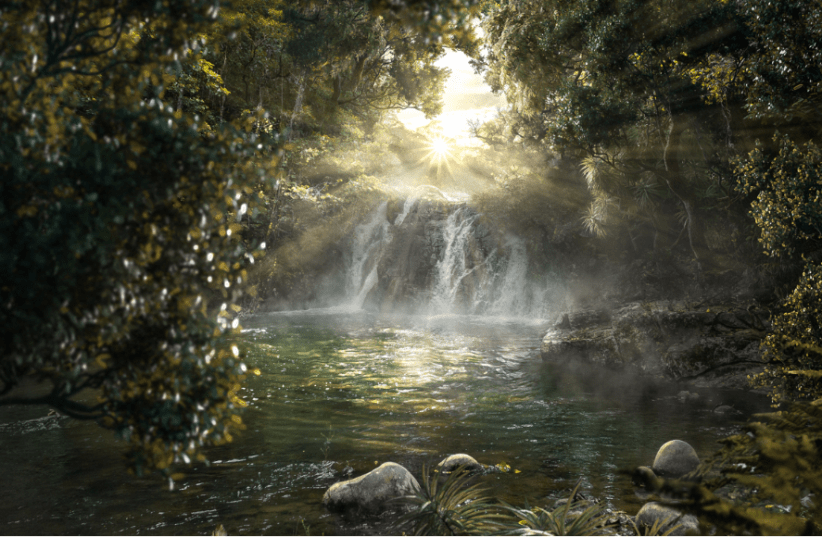
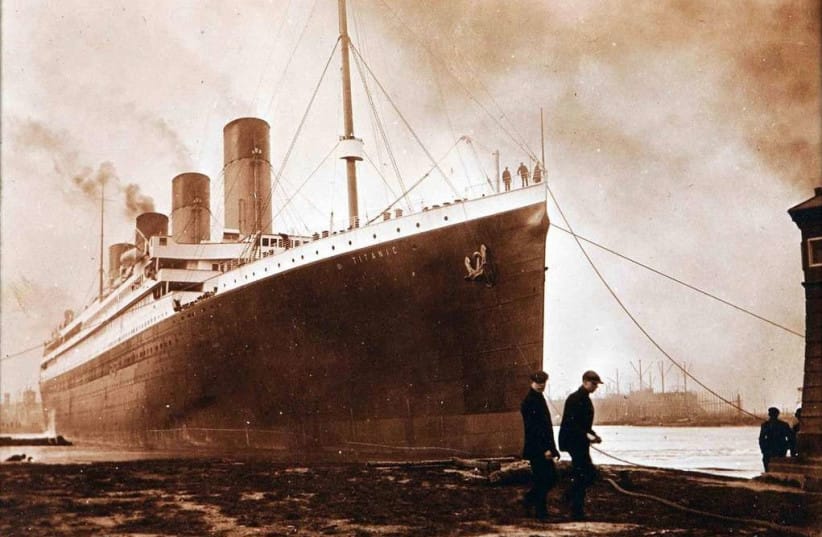

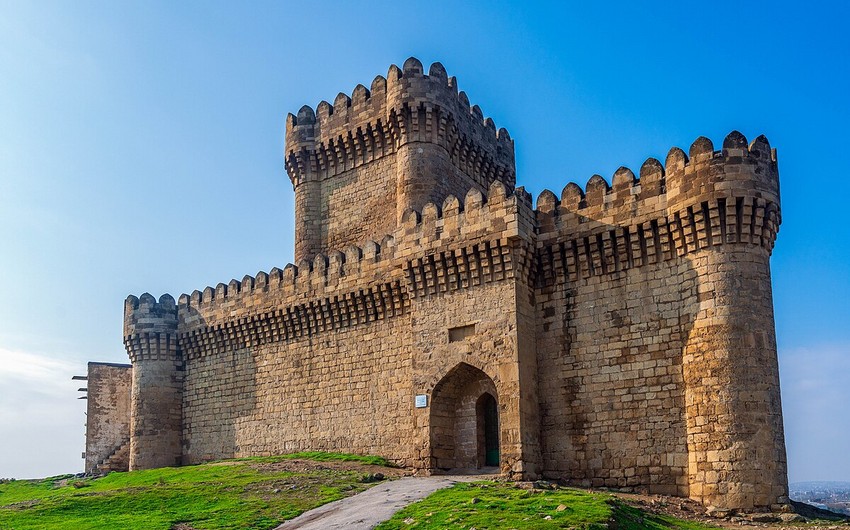
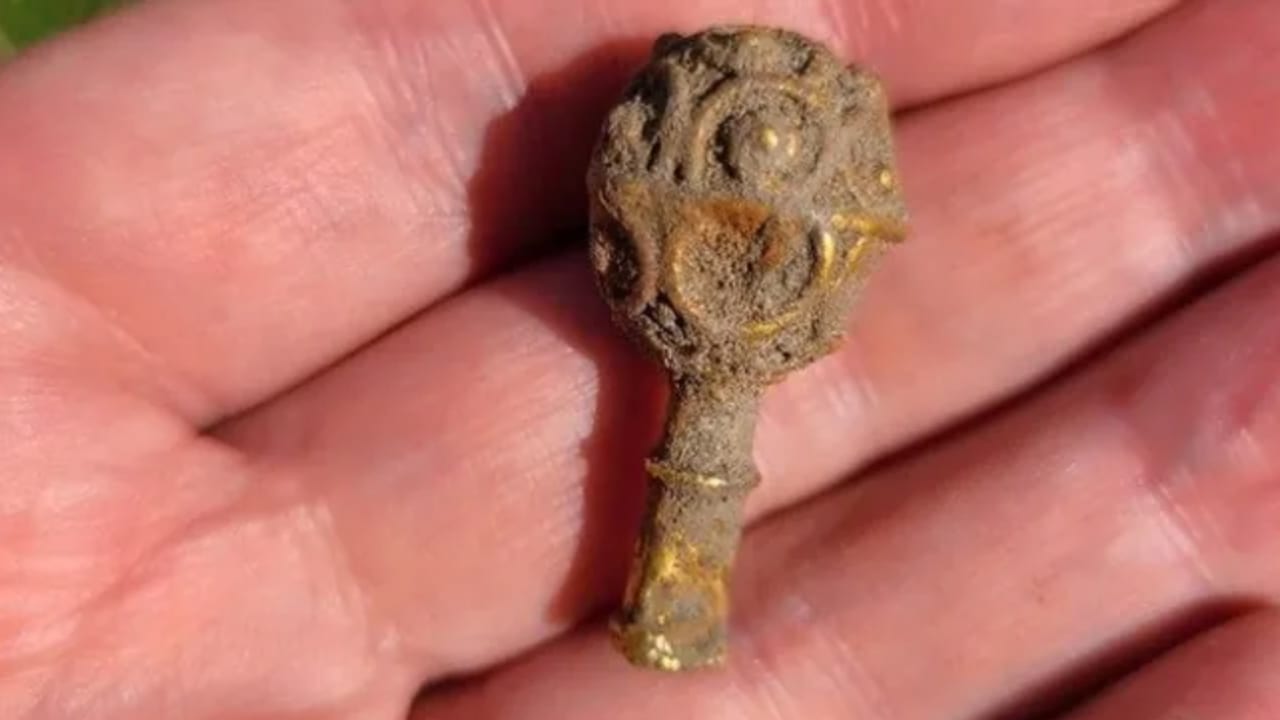

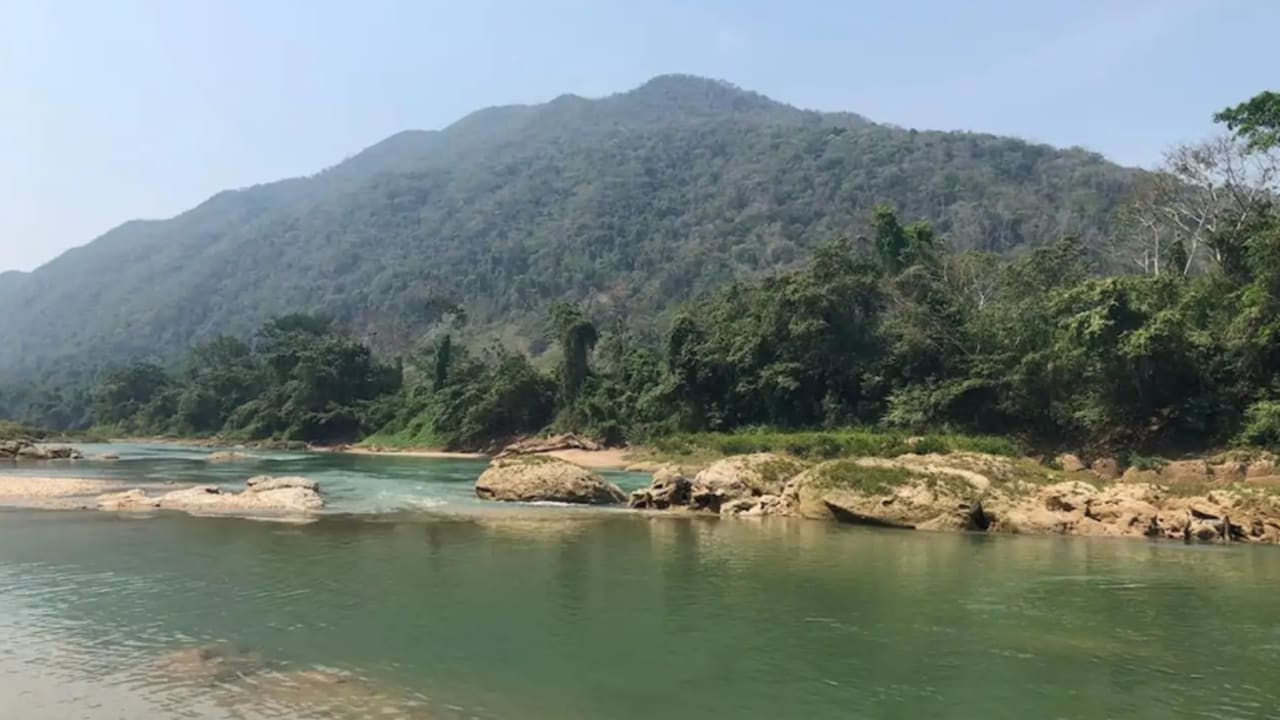


.jpg)




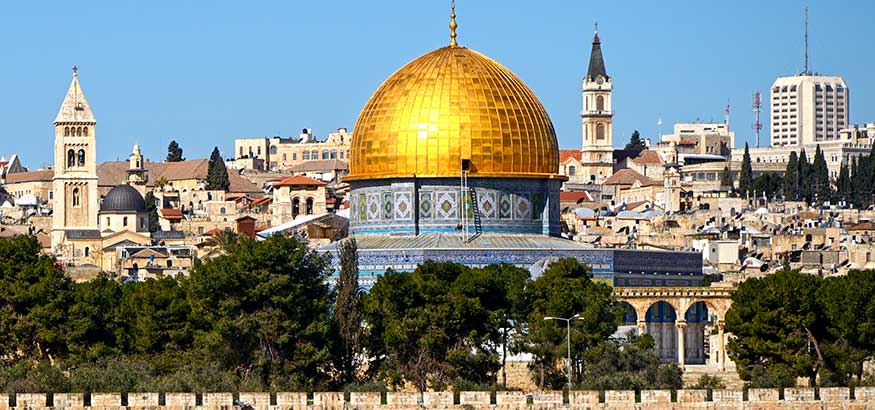
.png)



